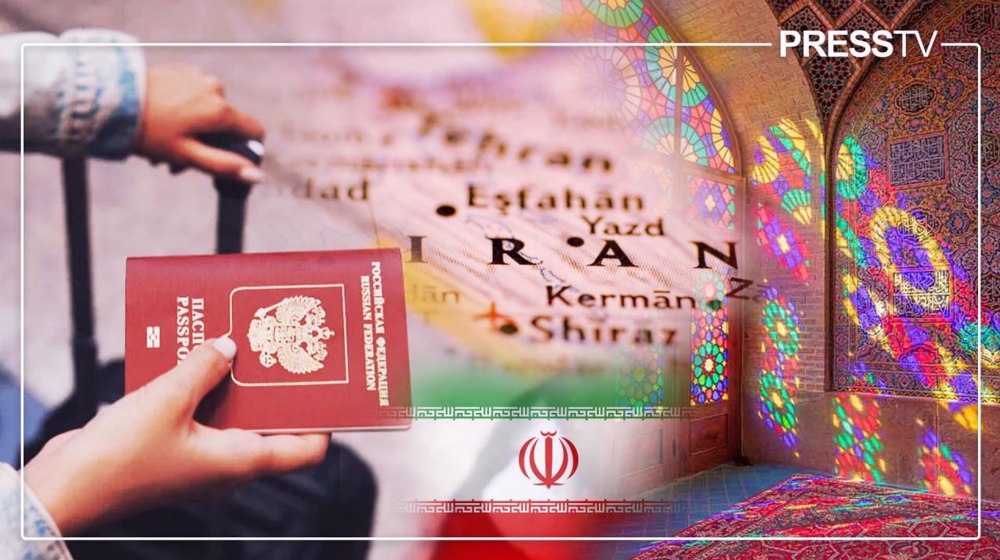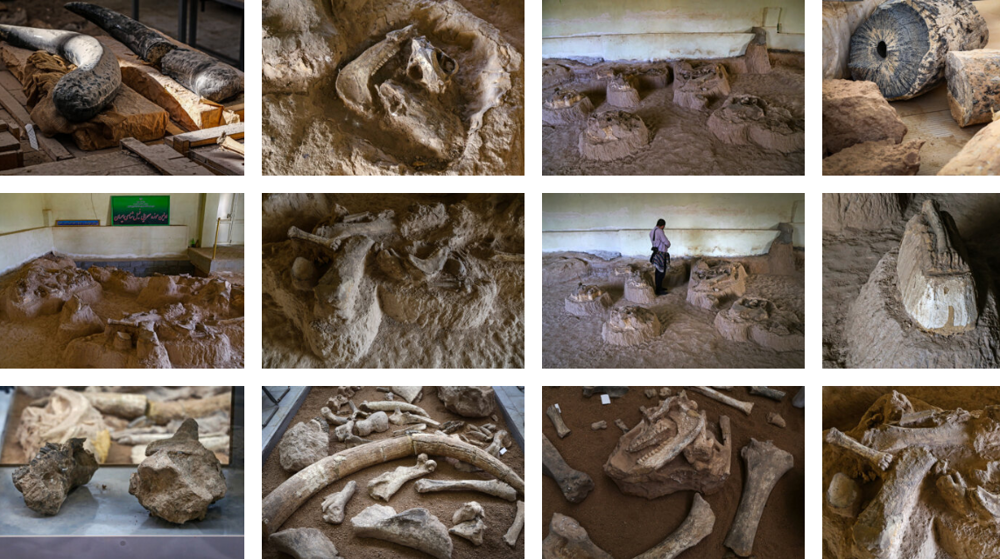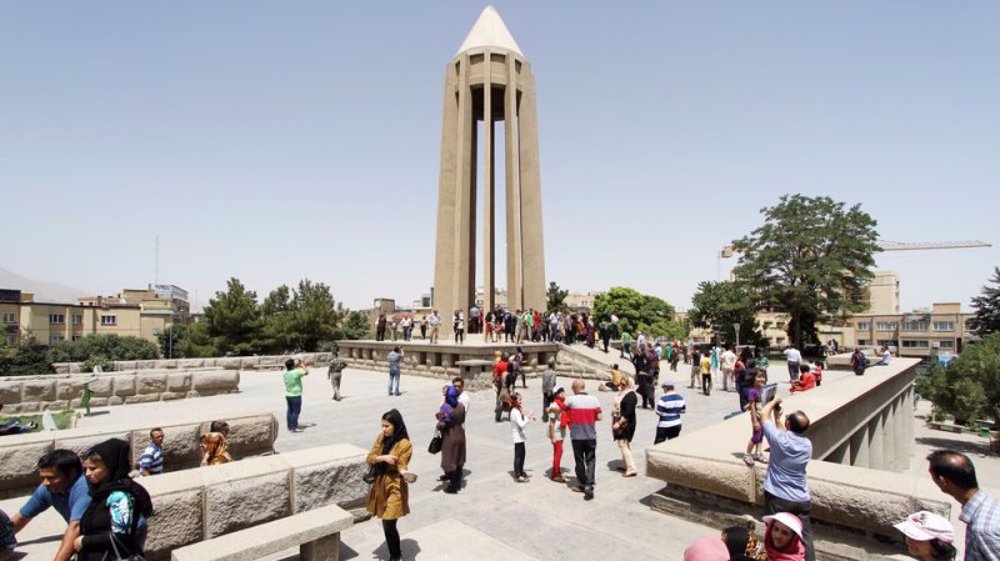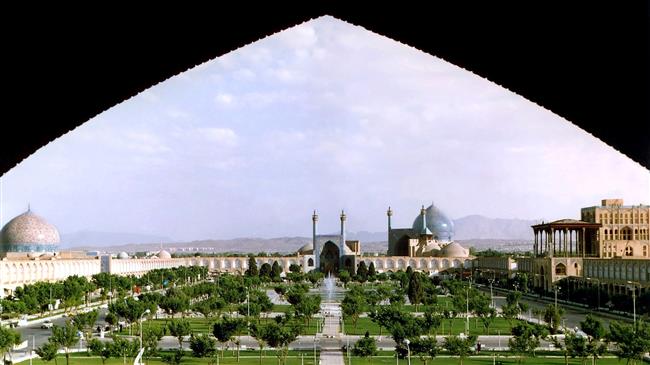Sacred fire alive for 1,550 years at Iranian Zoroastrian temple
Iran’s central city of Yazd is home to one of the fire temples most sacred to Zoroastrians worldwide with a flame that has been burning for nearly 1,550 years.
The Yazd temple is one of the world’s nine Zoroastrian fire temples which hold the sacred Atash Behram, meaning Fire of Victory.
Atash Behram is the highest grade of fire in Zoroastrian fire temples and its preparation, which took place several centuries ago, involved an elaborate purification ritual that took almost a year.
The Yazd fire temple was built in the Iranian central city of Yazd in 1934 in the Achaemenid architecture style in brick masonry, similar to fire temples in India. It is located in the middle of a vast garden of pine, cedar and fruit trees with a vast circular water pool in front of it.
The sacred fire of the temple is said to have been burning since 470 AD in the Sassanian Empire. It was originally started in the Pars Karyan fire temple in Larestan County, Fars Province, but it was later transferred to several other temples and secret locations to keep it burning until it was finally consecrated in the Yazd temple in 1934.
The sacred flame is currently preserved inside a bronze vessel visible from behind a glass wall and only Zoroastrians are allowed to go to the sanctum. A person called Hirbod is in charge of keeping the fire burning.
Zoroastrians are required to perform special rituals to enter the temple. Apart from personal cleanliness, the pilgrims have to remove their shoes. Men have to wear white caps and women need to put on white scarves and light color clothes.

In 1999, the Yazd fire temple was registered in Iran’s National Heritage List and some sections of the temple have been open to visit for tourists where they can see the fire behind the glass wall.
Origins of fire temples
Zoroastrianism is one of the world’s oldest known monotheistic religions and, contrary to some misperceptions, fire only represents purity and the brightness of God in its belief system. Documents indicate that Zoroastrians initially did not have fire temples and they normally prayed at homes or on top of the hills.
The tradition of fire temples originates from the times when Iranian communities developed fire houses to keep fire burning for everyday uses. In this way, people did not have to make fire separately and could take the fire they needed from fire houses.
The fire houses finally turned into an essential part of Zoroastrian communities called Astash Kadeh or Atashgah and they gradually served multiple community purposes, including as places of worship, courts, educational centers and health clinics.
The construction of fire temples flourished during the Sassanian dynasty (224 to 651 AD) during which Zoroastrianism was announced as the official religion of the Persian Empire.
Nowadays, most of the world’s active fire temples are located in India which is home to the world’s largest Zoroastrian community.
Meanwhile, the Zoroastrians in Iran, who mainly live in the central provinces of Yazd, Esfahan, Tehran and the southern province of Kerman, still have their own fire temples where they perform their religious rituals.
US vetoes Palestinian request for full UN membership
Iran sufficed to striking part of Israel’s military positions: FM to UN chief
IRGC: Israel’s Dimnoa nuclear reactor not among Op. True Promise’s targets
VIDEO | West Asia awakens
'Stop any further Israeli adventurism,' Iran FM tells Security Council
Google fires 28 employees for protesting military deal with Israel
Burkina Faso expels three French diplomats over ‘subversive activities’
Iran slams G7 statement, vows no iota of doubt to respond to aggression











 This makes it easy to access the Press TV website
This makes it easy to access the Press TV website